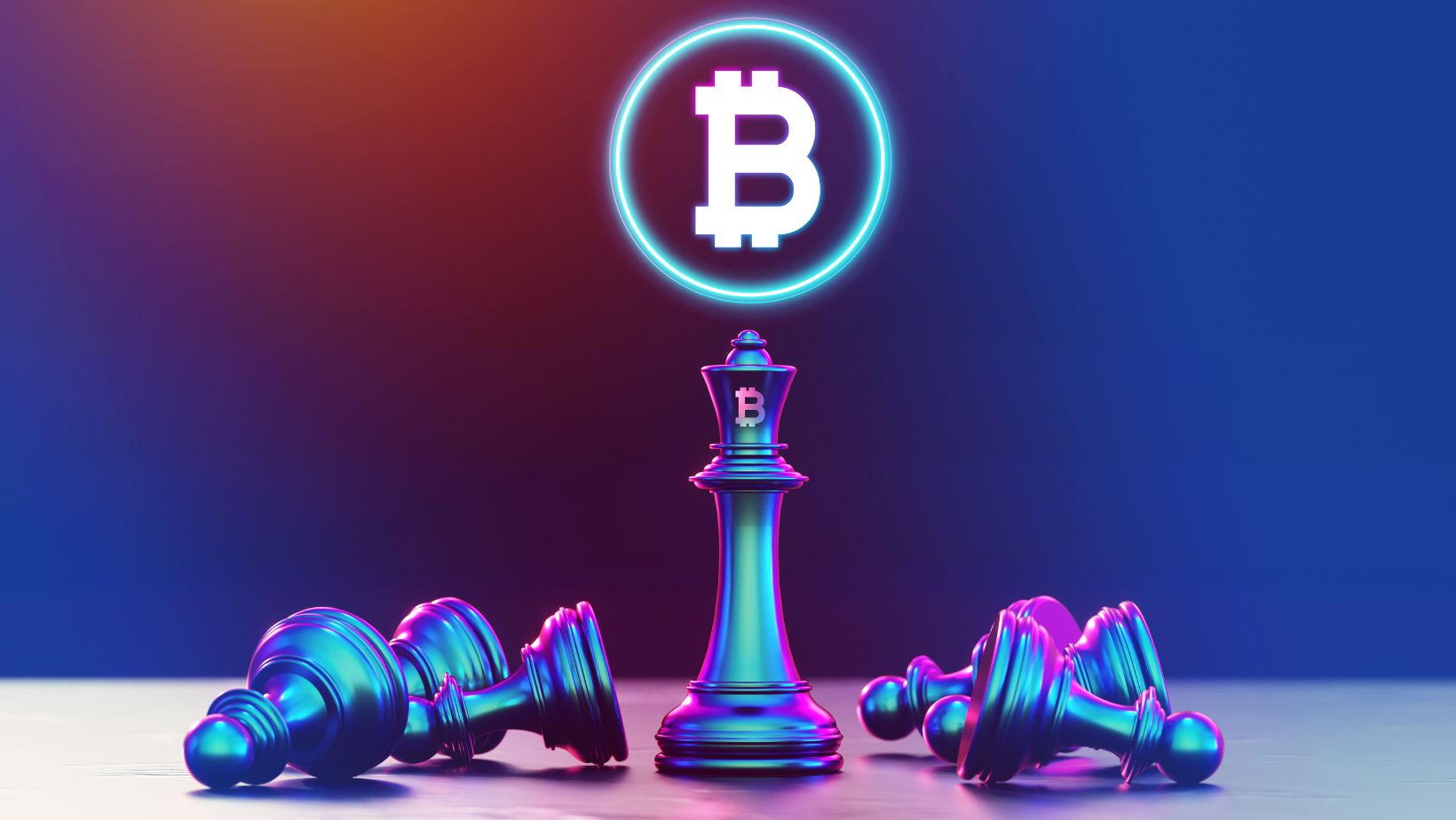There are many advantages and disadvantages of traditional banking, which have been well-documented. However, with the rise of blockchain technology, a new breed of banking is emerging that promises to upend the status quo. In this blog post, we’ll explore the pros and cons of traditional banking and compare it to blockchain-based banking.
Defining Traditional Banking and Blockchain
In order to understand the Pros and Cons of traditional banking, it is important to first understand what traditional banking is, and how it differs from blockchain.
Traditional banking is the process of intermediaries, such as banks, lending money to borrowers, and then collecting interest on those loans. This system has been in place for centuries, and has been relatively successful. However, there are some inherent problems with traditional banking that have become more pronounced in recent years.

Blockchain is a new technology that allows for peer-to-peer transactions without the need for a third party intermediary. This means that people can transact directly with each other without having to go through a bank. Blockchain also has the potential to be much cheaper and faster than traditional banking methods.
How Blockchain Works
A blockchain is a digital ledger of all cryptocurrency transactions. It is constantly growing as “completed” blocks are added to it with a new set of recordings. Each block contains a cryptographic hash of the previous block, a timestamp, and transaction data. Bitcoin nodes use the block chain to differentiate legitimate Bitcoin transactions from attempts to re-spend coins that have already been spent elsewhere.
In general, traditional banking refers to financial services provided by banks, such as checking and savings accounts, loans, and mortgages. Bankers may also provide investment services and offerAdvice on financial planning issues like retirement savings and insurance coverage. Some banks also offer services like safe deposit box rentals and foreign currency exchange.
The Pros of Traditional Banking
1. Traditional banks are FDIC insured. This means that your money is protected up to $250,000 in the event that the bank fails.
2. You can easily access your money. Banks offer ATMs, debit cards, and online banking so you can access your money when you need it.
3. You can earn interest on your deposits. When you keep your money in a savings account or CD, you earn interest on that money.
4. You can get help when you need it. If you have questions about your account or need help with something, you can go into the bank and speak to a teller or customer service representative.
5. You can use mobile apps and online banking for convenient banking. Most banks offer mobile apps and online banking so you can check your balances, transfer money, and more from your phone or computer.
7 Traditional banks offer a variety of products and services including checking and savings accounts, loans, and credit cards
The Cons of Traditional Banking
1. The fees. Fees for everything, from account maintenance to international transfers. And these fees can really add up, eating into your earnings.
2. The inflexibility. With traditional banking, you’re stuck with whatever account terms and conditions the bank imposes on you. If you want to change your account type or make certain types of transactions, you may have to pay a fee.

3. The inconvenience. Let’s face it: banks aren’t always the most convenient places to do business. Long lines, slow service, and limited hours can make it tough to get things done whenyou need to.
4. The security risks. Your money is only as safe as the bank it’s in. If the bank goes under or is hacked, you could lose everything.
Blockchain vs Traditional Banking
There are many potential advantages of blockchain technology for banking. Blockchain could help to reduce costs, speed up transactions, increase transparency and security, and allow for more innovative and personalized products and services.
Blockchain could help reduce costs by streamlining processes and eliminating the need for intermediaries. For example, banks could use blockchain to securely and quickly exchange information with each other, without the need for a central clearinghouse. Blockchain could also help to speed up transactions by reducing the time it takes to settle payments.
In addition, blockchain technology is tamper-proof and transparent, which could help to increase transparency and security in the banking sector. For example, banks could use blockchain to track all transactions made by a customer, making it easier to detect and prevent fraud. Moreover, customers would be able to view all of their transactions on a public ledger, increasing transparency.
Finally, blockchain technology could allow for more innovative and personalized products and services. For example, banks could use blockchain to create new financial products such as smart contracts or decentralized applications (DApps). In addition, customers would be able to access their banking data more easily and would have more control over how it is used.
The Cons of Blockchain
The cost of mining Bitcoin is often more expensive than the price of the currency, making it a risky investment.
In addition, the decentralized nature of the blockchain means that there is no single point of failure, meaning that if one node goes down, the entire network will still be operational. This makes it very resistant to hacking and tampering, but also means that if a flaw is found in the code, it can be very difficult to fix.
Conclusion: Which is Better?
It really depends on what you’re looking for in a banking experience. If you value convenience and traditional banking features like brick-and-mortar branches and tellers, then a traditional bank is probably your best bet. On the other hand, if you’re interested in cutting-edge technology and being at the forefront of the financial revolution, then you may want to consider a blockchain-based bank. Either way, there are pros and cons to both options, so it’s important to do your research before making a decision.


